What connects an aristocratic Scottish family, a castle in Fife, a Victorian novelist, a Scottish archaeologist in Canada, an antiquarian society, an Edinburgh museum and a 21st century researcher? You’ll be surprised to discover the historical connections that bind these different things together through six degrees of antiquarian separation!
You’ve probably heard about the concept of six degrees of separation, which claims that everybody in the world is only separated by a maximum of six degrees. This is even more probable today than ever before, with the advent of social media. However, even in Victorian times it’s amazing how interlinked the world was and how these connections have extended across time to me as a 21st century researcher here at National Museums Scotland.
Before I came to the museum I worked for the National Trust for Scotland at Kellie Castle in Fife. While working there I learnt about the Oliphant family who had built the original tower house at Kellie and then extended it into an elegant mansion house during the 1500s. The castle was finally sold to Thomas Erskine in 1613 and it is believed that some extended relations of the Oliphant family remained in the surrounding area.
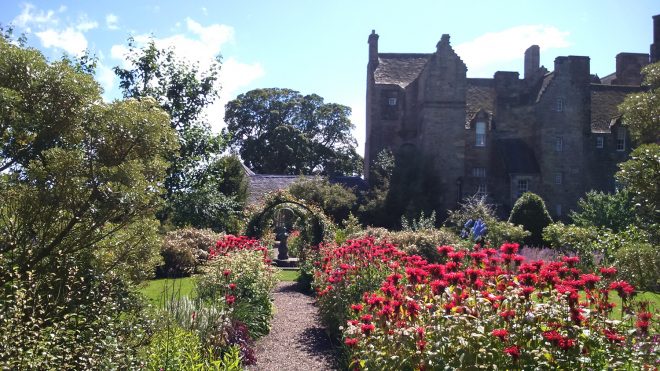
Margaret Oliphant was a Victorian novelist who may have been one of these distant relatives of the Oliphants of Kellie. Allegedly, stories about the family history at Kellie passed down to Margaret and she incorporated some of these stories into her novels. Margaret wrote extensively to support her family and enjoyed receiving letters from her close relation, Daniel Wilson, who had emigrated to Canada.
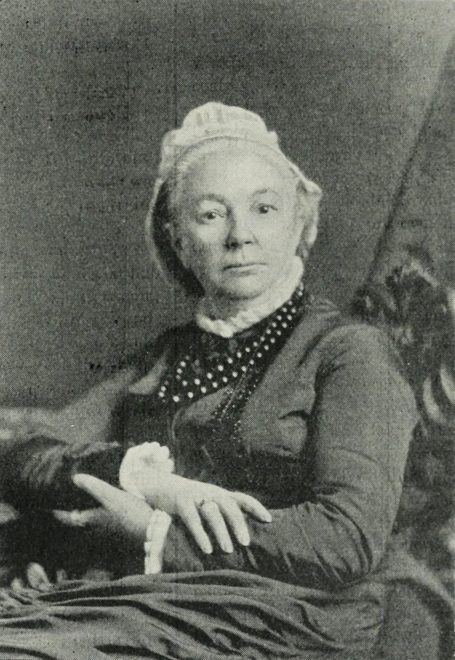
Daniel Wilson was a member of the Society of Antiquaries of Scotland and helped to organise their museum in Edinburgh. He is credited with first using the term ‘prehistoric’ in English and arranged the museum in Edinburgh using the Danish system of Stone, Bronze and Iron ages. He wrote a Synopsis of the museum’s collections in 1849 and the Prehistoric Annals of Scotland to explain the development of Scottish archaeology. Daniel originally trained as an engraver but was an enthusiastic historian and archaeologist by the time he emigrated to Canada to take the Chair of English Literature and History at the University of Toronto in 1853. While there, he branched out into ethnography and anthropology and continued to be influential in all his fields of research.
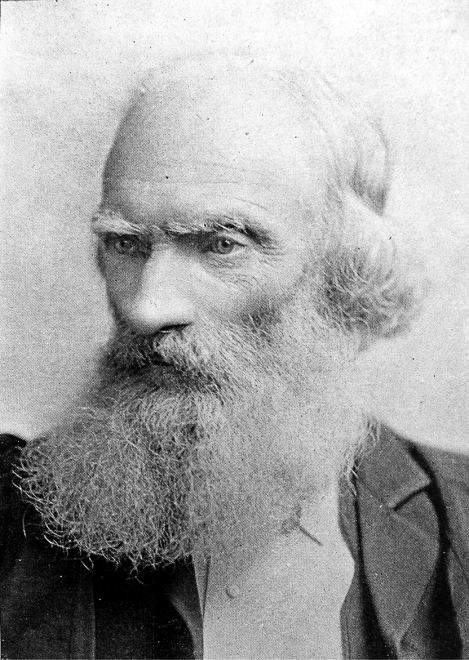
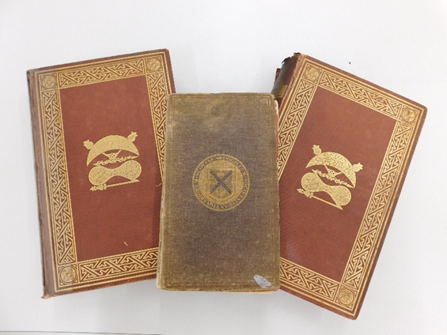
While in Canada, Daniel continued to write papers for the Society, as well as updating his book titled “Memorials of Edinburgh in the Olden Time”. He also helped the Society develop its museum collections through donations of North American ethnographic material, as well as securing the purchase of the Crozier of St Fillan, which is still considered an important relic of Scottish history today.
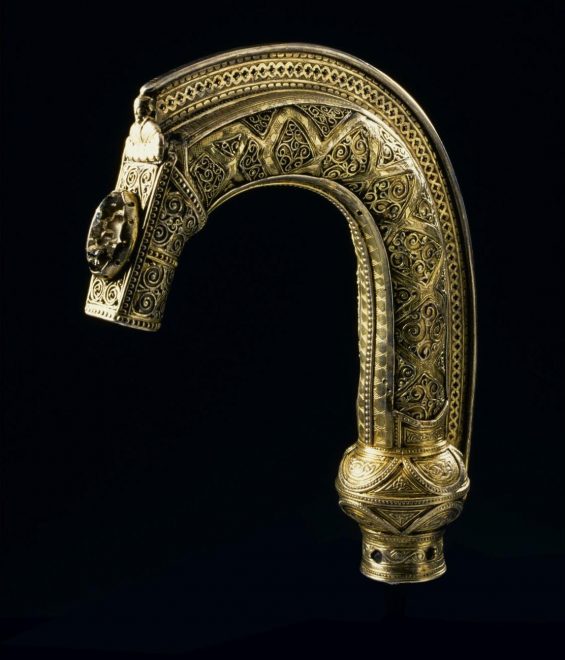
And this brings us back to the present. As part of my research, I am interested in the connections between the development of the collections and the writing of Scottish history during the 19th century. Daniel Wilson is an important part of this research and the acquisition of the relics of St Fillan will form an important part of my thesis. So, imagine my surprise when I found out he was related to Margaret Oliphant! I must admit I never expected that the Oliphants and Kellie Castle would be connected with my research at National Museums Scotland.
So, the Oliphants of Kellie are connected to me through Kellie Castle, Margaret Oliphant, Daniel Wilson, the Society of Antiquaries of Scotland and National Museums Scotland. One of the best things about being a researcher is that it is like being a detective uncovering the different pieces of an interlinked puzzle of action and influence connecting so many people and places. I am sure as my research progresses I will find many more interesting connections that show that, even across time and space, maybe we really are all connected by six degrees of separation!
